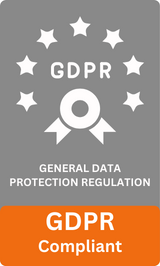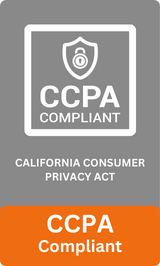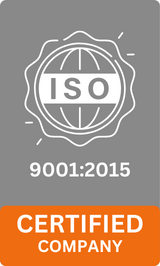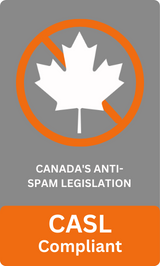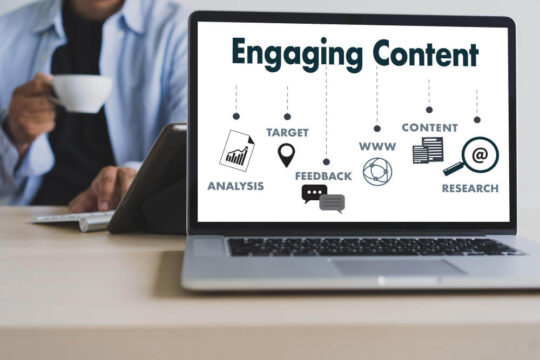
These days, “content engagement” isn’t just a trendy phrase; it’s necessary for a successful B2B marketing plan. With countless businesses competing for attention in the noisy digital space, creating engaging content isn’t optional—it’s essential. It helps build trust, drives lead generation, and turns curious prospects into long-term clients.
In this blog, we’ll explain content engagement, why it matters so much for B2B businesses, and how you can boost it with smart strategies. Whether you’re a business owner, a marketer, or a decision-maker, mastering content engagement is a game-changer. Let’s get started!
What Is Content Engagement?
At its core, content engagement is all about how your audience interacts with what you create. It’s not just about clicks or page views (though those matter). Real engagement is about deeper interactions that show people find value in your content. For businesses, this might look like:
- Comments and Shares: The direct engagement where users share their opinions or share the content with their network.
- Time on Page: How long users spend engaging with the content, which signals whether the content is resonating with them.
- Form Submissions: Whether users take action by filling out forms, subscribing to newsletters, or requesting demos.
- Downloads and Views: Especially for resources like white papers, case studies, and eBooks, the number of downloads or views indicates how relevant and useful your content is.
- Clicks on Calls to Action: When your audience clicks on links or buttons leading to further action, such as exploring services, booking consultations, or completing purchases.
In short, content engagement is all about building connections—ones that move your audience closer to becoming loyal customers. A solid content marketing strategy helps ensure that the connections you make are meaningful and scalable.
Why Does Content Engagement Matter for B2B?
Wondering why engagement should top your to-do list? Here are five reasons it’s a big deal for B2B businesses:
1# It Builds Trust and Authority
When people consistently find your content useful, they start seeing you as an expert. And in B2B, where decisions involve multiple stakeholders and big investments, trust is everything. Engaged audiences are more likely to believe in your solutions.
2# It Drives Lead Generation
The more people interact with your content, the more likely they are to take the next step—whether that’s downloading a guide, subscribing to your updates, or reaching out to your team. More engagement = more leads.
3# It Boosts SEO
Search engines like Google reward engaging content. If your blog keeps visitors on the page longer or racks up shares, it’s likely to rank higher. Better rankings mean more traffic—and more traffic means more chances to engage.
4# It Expands Brand Awareness
When your audience shares or interacts with your content, it reaches new eyes. This ripple effect can introduce your business to fresh prospects and help you build a stronger community around your brand.
5# It Offers Insightful Feedback
Engagement metrics are like little breadcrumbs, showing you what’s working and what’s not. Comments, shares, and clicks all tell a story about what your audience values. Use that data to fine-tune your strategy and deliver more of what they love. Your content marketing analytics can further support these insights, offering granular details on audience preferences.
How Do You Measure Content Engagement?
To improve engagement, you first need to measure it. Here are the key metrics to keep an eye on:
1# Page Views
Page views indicate how many people have visited your content. While page views alone do not provide a complete picture of engagement, they serve as an entry point into understanding content performance. The context of how users interact with the page, such as time spent and bounce rate, is what matters more.
2# Time on Page
The longer users stay on your content, the better. Time on page is a great indicator of engagement because it shows that the user is actively consuming your content rather than skimming through it. High engagement often correlates with high-quality content that meets the audience’s needs.
3# Bounce Rate
A bounce rate measures the percentage of visitors who leave a website after viewing only one page. A high bounce rate can indicate that your content isn’t engaging enough to encourage further interaction or exploration. A low bounce rate, on the other hand, suggests that users find your content valuable and are motivated to continue interacting with your site.
4# Social Shares
When your audience shares your content, it’s a powerful signal of engagement. Social shares extend the reach of your content beyond your immediate audience, helping you attract new followers and potential leads. Platforms like LinkedIn, Twitter, and Facebook are especially valuable for B2B content distribution.
5# Comments and Interactions
User comments are a strong indicator of engagement. When users comment on your blog posts, videos, or social media updates, it means they’re not just passively consuming content—they’re contributing to the conversation. This interaction helps you foster a sense of community and establish relationships with your audience.
6# Conversion Rates
The goal of content engagement is to drive conversions. Whether that’s signing up for a newsletter, downloading a resource, or purchasing a product or service, conversions are the true measure of content effectiveness. Tracking conversions helps you understand which content pieces are most effective at moving users down the funnel.
Strategies to Boost Content Engagement
Now that you know why engagement matters and how to measure it, here are actionable ways to boost it:
1# Focus on High-Quality Content
Quality is king. If your content doesn’t solve problems or offer real value, no one will stick around. Create content that addresses your audience’s biggest pain points, uses expert insights, and stays concise yet informative. Don’t forget to refresh older content to keep it relevant.
2# Try Interactive Content
Quizzes, polls, and calculators are like magnets for engagement. Not only do they keep users on your site longer, but they also create personalized experiences that your audience will appreciate.
Pro Tip: Add a fun ROI calculator or industry-specific quiz to your blog or landing page.
3# Make It Mobile-Friendly
A clunky mobile experience can scare away potential customers. Use responsive design and ensure your content is easy to read and navigate on smaller screens.
Pro Tip: Test your site’s layout on various devices to spot any usability issues.
4# Repurpose Content for Multiple Platforms
Don’t let great content live in one place. Turn blogs into podcasts, infographics, or videos, and share them across LinkedIn, email, or webinars to reach more people.
Pro Tip: Got a blog post that’s performing well? Turn it into a short video or carousel for social media.
5# Encourage User-Generated Content
UGC adds authenticity. When customers or followers share their own experiences with your brand, it builds trust and inspires others to join the conversation.
Pro Tip: Launch a hashtag campaign and incentivize users to share their stories with your product.
6# Use Analytics to Fine-Tune Your Strategy
Pay attention to what the numbers tell you. Are certain topics consistently outperforming others? Focus more on those areas. Analytics tools like Google Analytics or social media insights are your best friends here.
Pro Tip: Schedule monthly check-ins to analyze which content gets the most love and adapt accordingly.
Common Mistakes to Avoid in Content Engagement
While focusing on content engagement is essential, there are a few common mistakes B2B marketers should avoid:
- Ignoring the Audience’s Needs: Creating content for the sake of creating it without understanding the audience’s challenges and preferences can result in poor engagement.
- Overwhelming the Audience: Too much content can overwhelm users. Focus on creating high-quality content that addresses specific needs, rather than bombarding users with irrelevant or excessive material.
- Lack of Clear CTAs: Without clear calls to action, your audience may not know what steps to take next. Be sure to include actionable CTAs that guide users toward conversions.
- Not Responding to Engagement: Engagement is a two-way street. Ignoring comments and messages can make your audience feel disconnected. Be sure to respond to inquiries and foster discussions.
Conclusion
An effective B2B marketing plan must include engaging content. Building trust, creating prospects, and eventually increasing conversions are more important than merely increasing website traffic. You can increase engagement rates and expand your business by producing high-quality content, optimizing for interaction, and using data to refine your strategy.
Focusing on content engagement is crucial for long-term success as companies depend more and more on digital platforms to engage with clients and prospects. Start implementing these strategies today, and you’ll be well on your way to developing a more engaged, loyal, and valuable audience
I hope you find the above content helpful. For more such informative content please visit SalesDemand.






